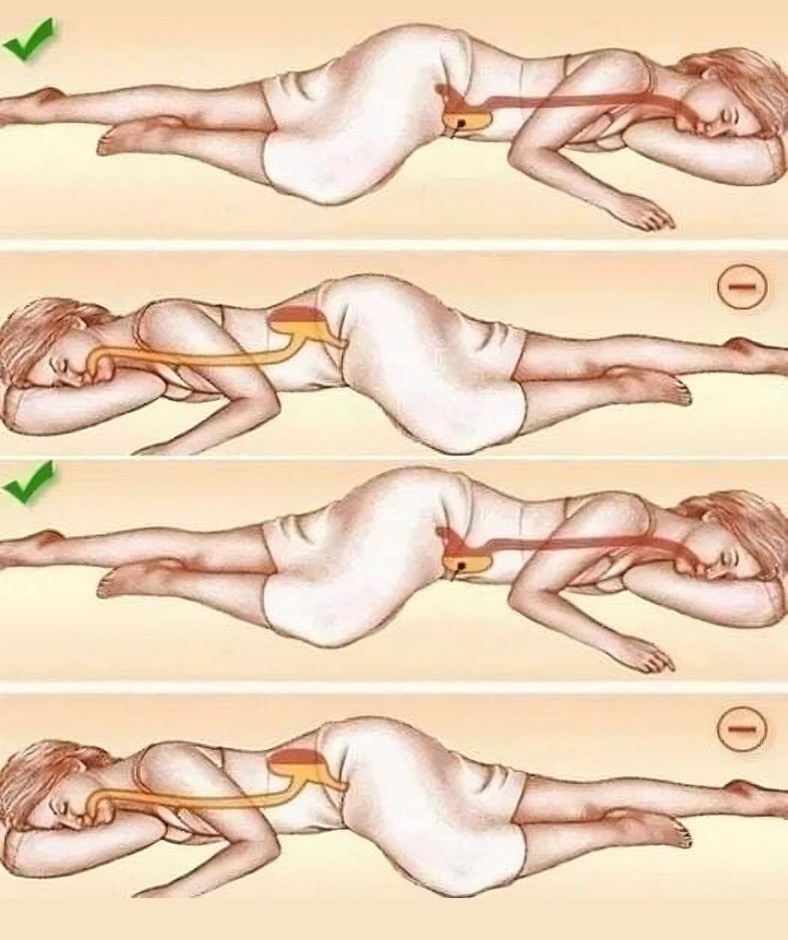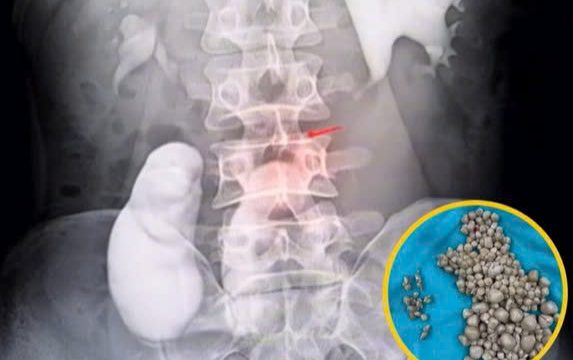When it comes to sleep, most people don’t give much thought to their sleeping position. As long as you’re getting your hours in, does it really matter whether you’re curled up on your side, stretched out on your back, or lying face-down? Surprisingly, the position you choose each night can significantly affect your health in ways you might not expect. In fact, different sleeping positions can lead to dramatically different outcomes for your body – some beneficial, others less so.

While comfort should always be the top priority, understanding the unique benefits and drawbacks of various sleep positions can offer some insight into how to optimize your rest. Interestingly, one position stands out for its numerous health advantages: sleeping on your left side. From brain health to digestion and even glymphatic system efficiency, this position could offer more perks than you realize.
The Advantages of Sleeping on Your Left Side
One of the standout benefits of sleeping on your left side is improved digestion. Since the stomach is located on the left side of the body, gravity naturally aids the digestive process when you lie this way. This position can help alleviate bloating, constipation, and even acid reflux. People who struggle with heartburn may find significant relief by adopting this sleeping posture.
Left-side sleeping also plays a role in improving brain health. Research suggests that during sleep, the glymphatic system, which is responsible for clearing waste and toxins from the brain, operates more efficiently when you’re lying on your side. This could potentially lower the risk of neurodegenerative diseases like Alzheimer’s and Parkinson’s, although more research is needed to confirm this in humans.
Another major advantage is better circulation. For pregnant women, sleeping on the left side is often recommended to improve blood flow to the placenta. This position reduces pressure on the liver and allows the heart to pump blood more efficiently throughout the body.
For those who snore or have sleep apnea, side sleeping can also make a world of difference. Sleeping on your back often causes the tongue and soft palate to collapse toward the throat, partially obstructing the airway and increasing snoring. Sleeping on your left side helps keep the airway clear, reducing snoring and improving overall breathing quality.
Lastly, sleeping on your left side can help reduce lower back pain. Unlike stomach sleeping, which can put unnecessary pressure on the spine, side sleeping maintains a more natural alignment and reduces tension in the lower back area.
Training Yourself to Sleep on Your Side
If side sleeping doesn’t come naturally to you, there are a few tricks you can use to encourage this habit. Start by investing in a high-quality pillow and mattress. Your pillow should support your neck without tilting your head upward or downward. A slightly softer mattress can help reduce pressure on your shoulders and hips.
Using extra pillows can also make side sleeping more comfortable. Place one between your knees to keep your spine aligned and another to hug, which can support your upper arm. Body pillows are an excellent option for maintaining your position throughout the night.
If you find yourself rolling onto your back or stomach, try sewing a tennis ball onto the back of your pajama shirt. It’s an old trick, but it works by making rolling over uncomfortable enough to prevent it.
Potential Drawbacks of Side Sleeping
While left-side sleeping offers many benefits, it’s not without potential downsides. Some people may experience shoulder or hip pain, especially if their mattress is too firm. On the flip side, a mattress that’s too soft can cause spinal misalignment.
Another common complaint is facial pressure. People with sinus congestion or glaucoma might feel increased pressure when sleeping on their side. Additionally, those who clench their jaws might notice discomfort in their temporomandibular joints.
Comparing Other Sleeping Positions
Back sleeping has its own set of advantages. It can help alleviate hip and knee pain, reduce sinus congestion, and even prevent facial wrinkles. However, it’s not ideal for those prone to snoring or sleep apnea.
Stomach sleeping, while preferred by some, is generally not recommended by sleep experts. It places significant pressure on the spine, leading to neck and back pain. If you can’t break the habit, opt for a flat pillow or none at all to minimize strain on your neck.
Final Thoughts
At the end of the day, the best sleeping position is the one that leaves you feeling refreshed, pain-free, and well-rested. However, if you’re dealing with back pain, snoring, digestive issues, or even brain fog, it might be worth experimenting with sleeping on your left side.
With some small adjustments—like using the right pillows and mattress—you might find that this simple change significantly improves your sleep quality and overall health. Give it a try; your body and brain might thank you in the morning!





